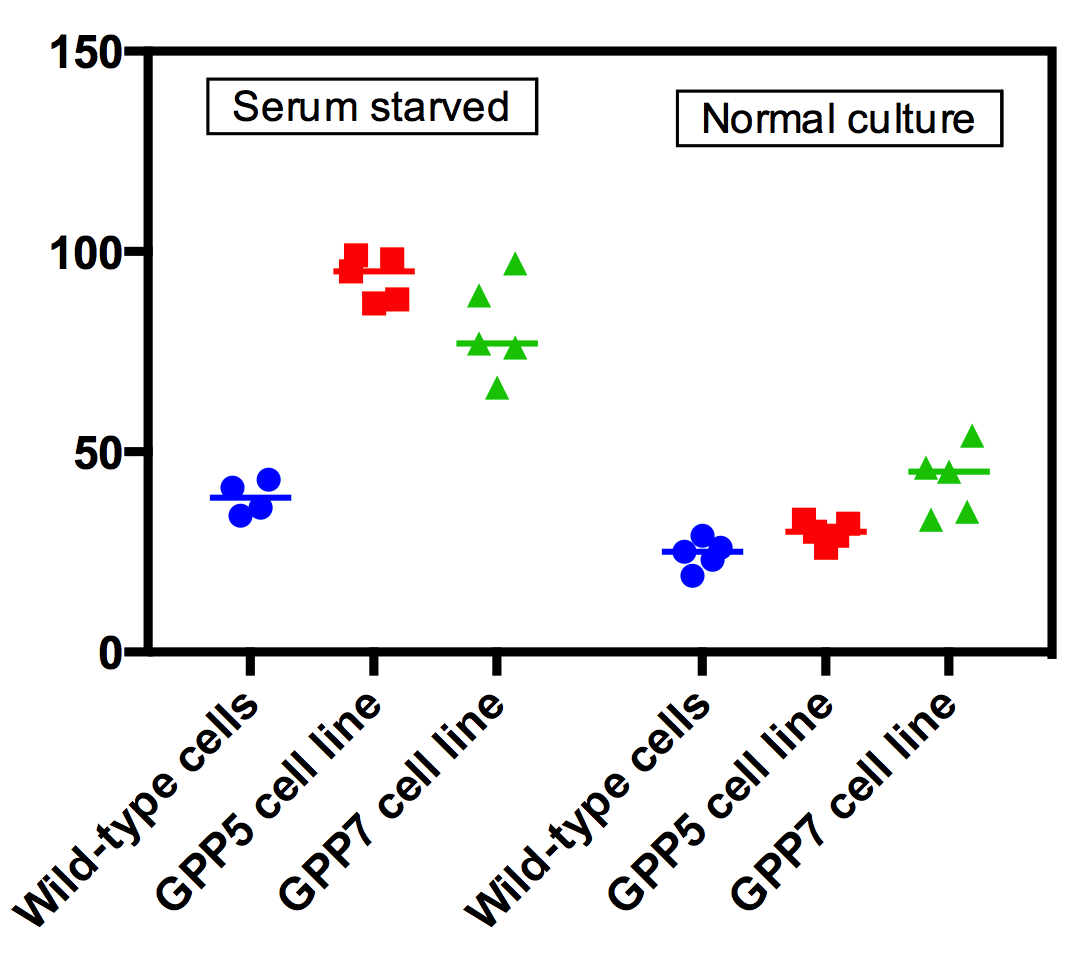



Methods: The study was conducted with pre-test and post-test methods. And, the second objective of the study was to compare the effect of myofascial rollers and post-isometric relaxation techniques in upper cross syndrome. Objectives: The first objective of our study was to find the efficacy of myofascial rollers and post-isometric relaxation technique along with conventional therapy for pain relief and correction of postural deviation in undergraduate dental students. It is frequently linked to poor posture in dental students' daily life, causing them to miss their work. It is characterized by overactive pectoralis and trapezius muscles. One of the most important conditions for which dentists seek physiotherapy treatment is neck pain. If there are two quantitative scales, then two pairs of Error Bars can be used for both axes.Background: In today’s world, the upper cross syndrome is growing more common and becoming very prevalent among dental undergraduate practitioners. However, if the data is skewed, then the lengths on each side would be unbalanced.Įrror Bars always run parallel to a quantitative scale axis, so they can be displayed either vertically or horizontally, depending on whether the quantitative scale is on the Y or X axis. Also depending on the type of data, the length of each pair of Error Bars tend to be of equal length on both sides. The length of an Error Bar helps reveal the uncertainty of a data point: a short Error Bar shows that values are concentrated, signalling that the plotted average value is more likely, while a long Error Bar would indicate that the values are more spread out and less reliable. To visualise this information, Error Bars work by drawing cap-tipped lines that extend from the centre of the plotted data point (or edge with Bar Charts). Typically, Error bars are used to display either the standard deviation, standard error, confidence intervals or the minimum and maximum values in a ranged dataset. This is done through the use of markers drawn over the original graph and its data points. Error Bars can be applied to graphs such as Scatterplots, Dot Plots, Bar Charts or Line Graphs, to provide an additional layer of detail on the presented data.Įrror Bars help to indicate estimated error or uncertainty to give a general sense of how precise a measurement is. Although not a chart outright, Error Bars function as a graphical enhancement that visualises the variability of the plotted data on a Cartesian graph.


 0 kommentar(er)
0 kommentar(er)
